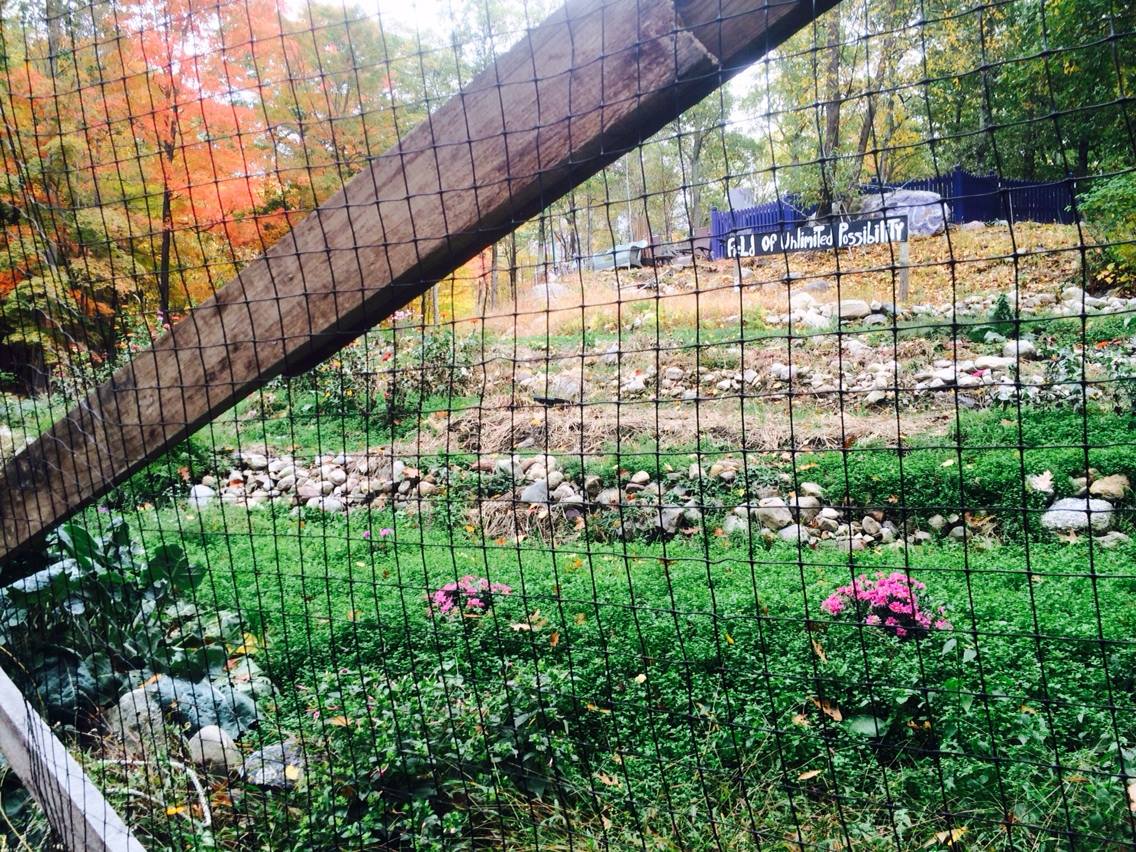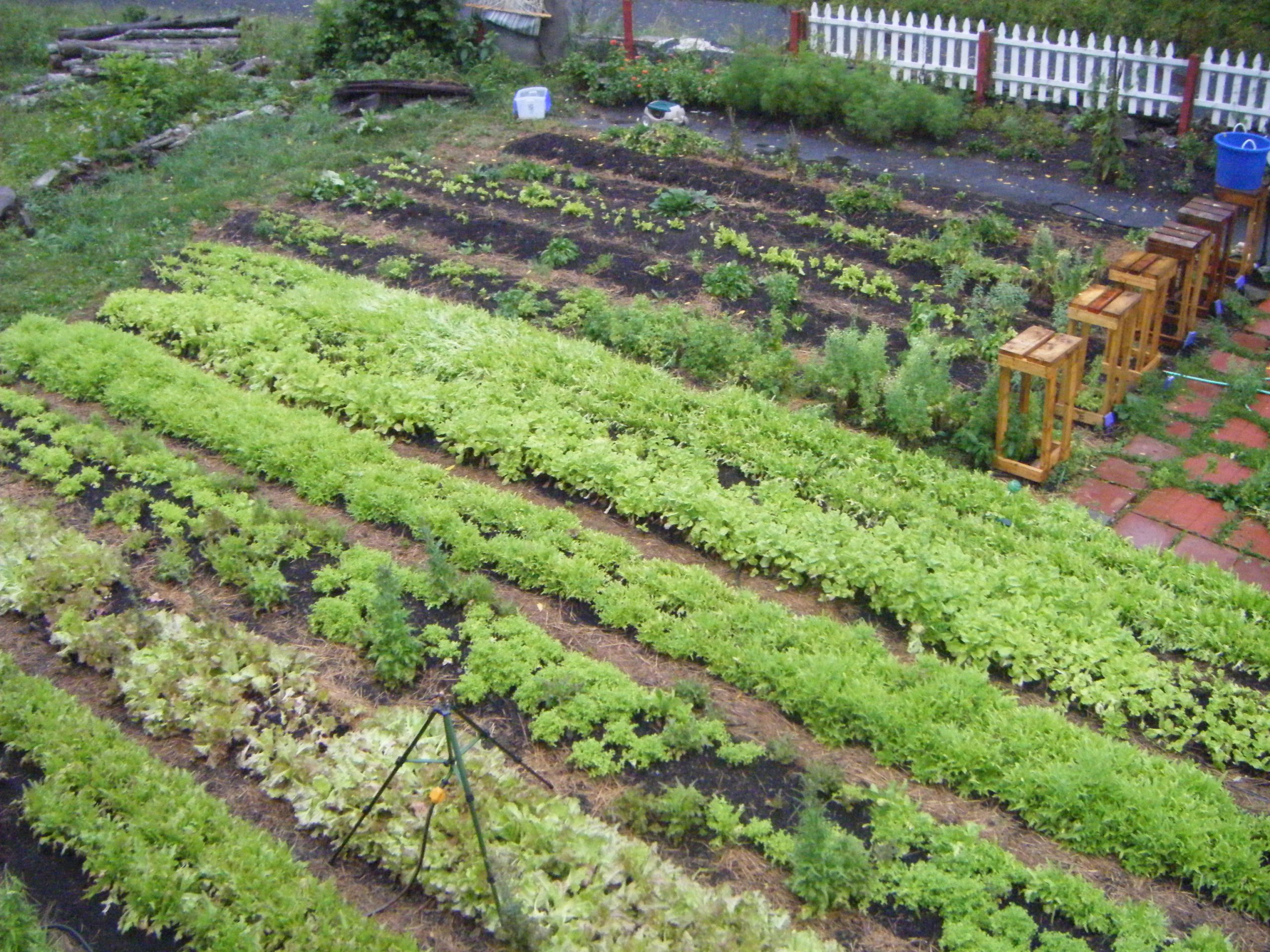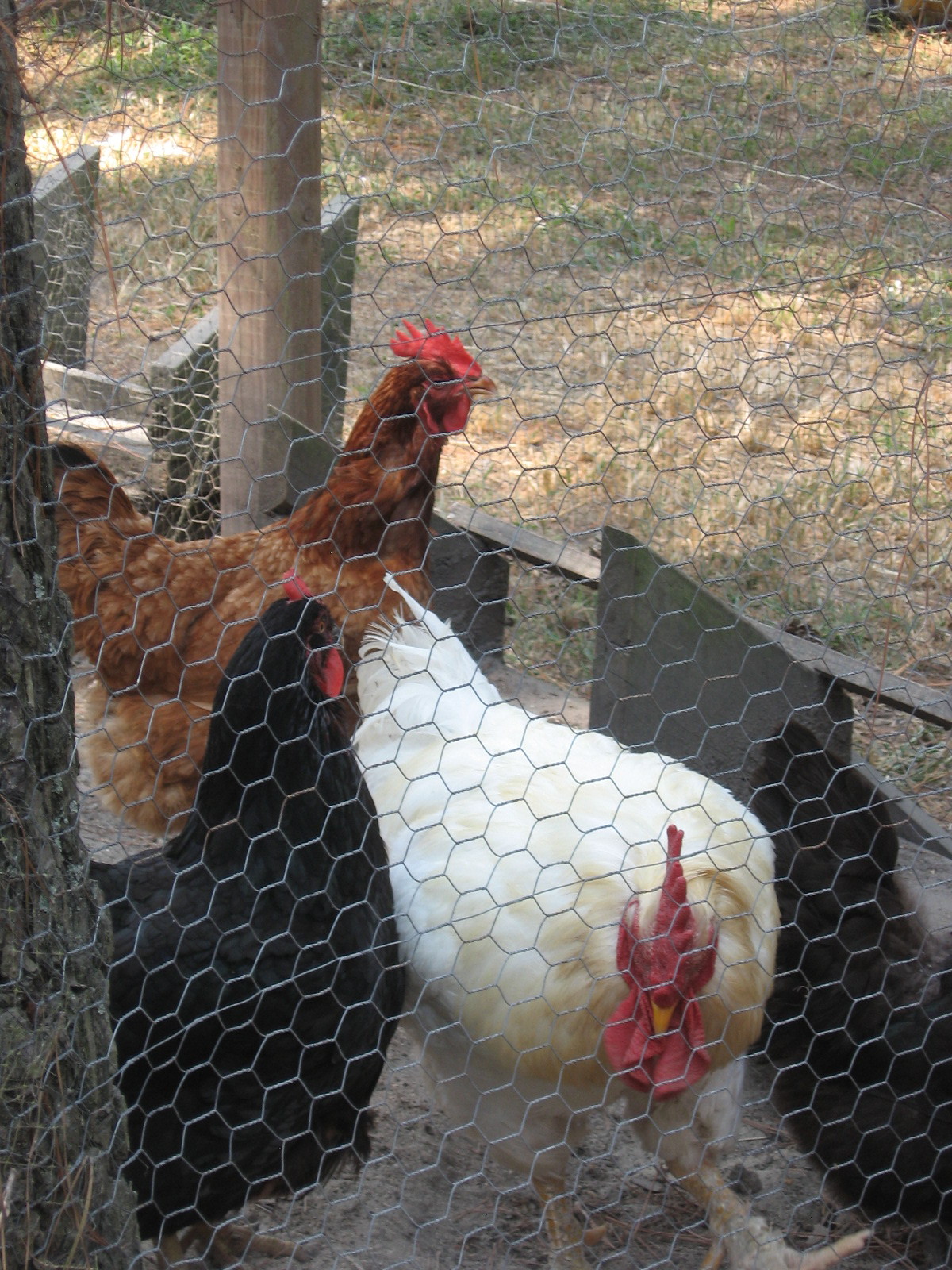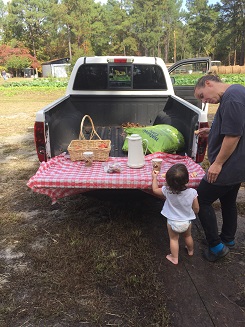“…we have less than a year’s supply of food for the global population on hand at any one time.” This simple fact has critical implications for society.”said David Montgomery, a professor of Earth and Space Sciences at the University of Washington.
This statement really got my attention.
Especially after hearing about what is happening, as of April, 2017 in Venezuela, where it is estimated that in the last 3 months the average citizen has lost 20 pounds because of food shortages. Yikes! These reports are very disturbing because they are happening in many places around the world.
This is another reason that we need a new agriculture revolution.
This is why the Farm-A-Yard Movement is critical for the times we are living in.
David Montgomery traveled to interview small farmers and found that those who restored their soil “used fewer inputs to produce higher yields, which translated into higher profits”… “No matter how one looks at it, we can be certain that agriculture will soon face another revolution … There are already enough people on the planet that we have less than a year’s supply of food for the global population on hand at any one time”…
Today we live in a “global world”, but there has never been a time more important than now to localize food systems around the earth.
We must begin to support farmers who adopt regenerative practices instead of only funding incentives for farmers that are degrading the soil!
David is confident that regenerative farming practices can prove both productive and economical. Why? Because the farmers he met were already doing just that!
Farm-A-Yard, it’s a movement, have ya heard?
To read more: https://theconversation.com/healthy-soil-is-the-real-key-to-feeding-the-world-75364





